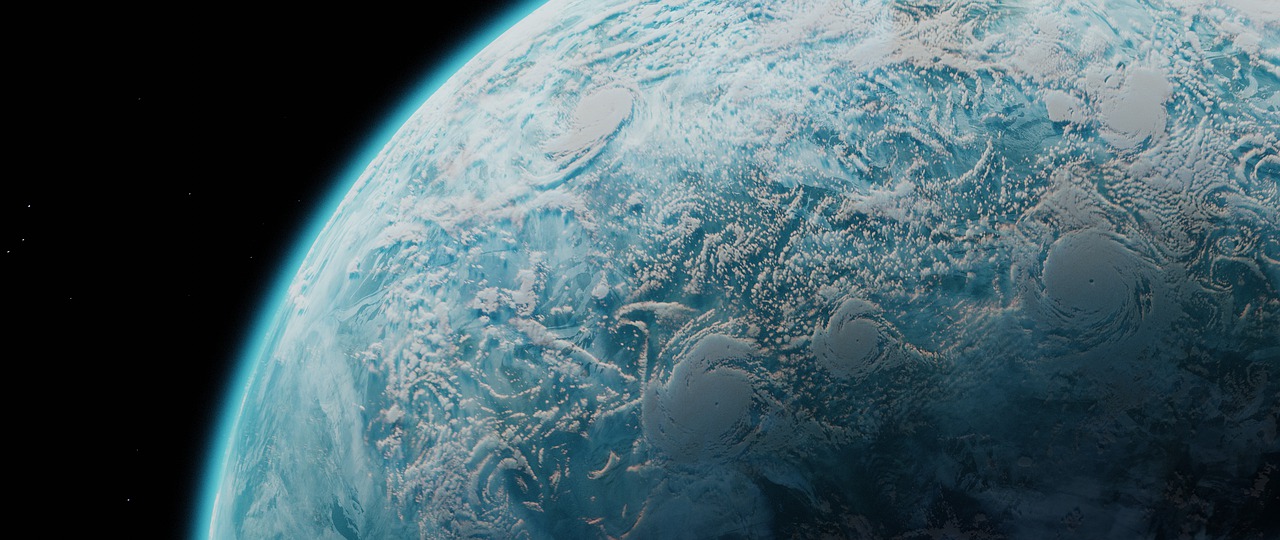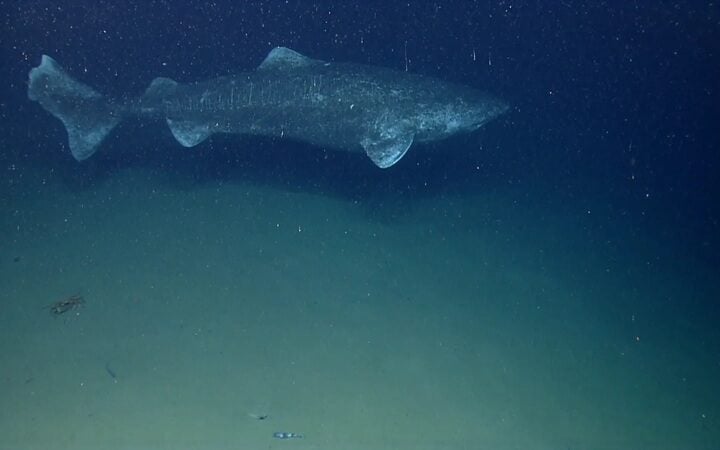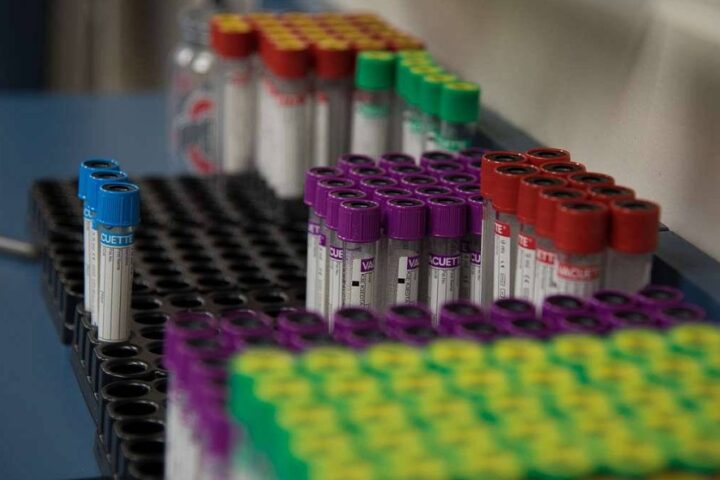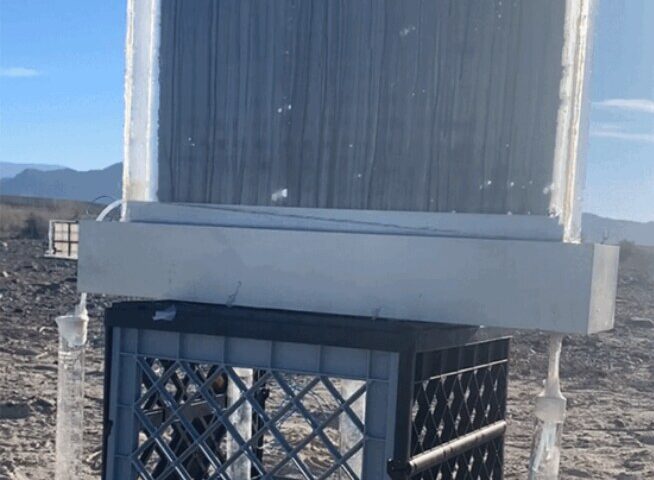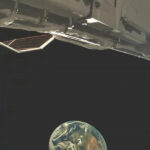Scientists have discovered a new exoplanet, TOI-733b, located 245 light-years away from Earth. This planet is slightly smaller than twice the radius of Earth, making it a particularly interesting find for researchers. TOI-733b is characterized by an enigmatic atmosphere, which is the subject of two distinct theories by the scientific community.
The first theory suggests that the planet may have entirely lost its atmospheric layer due to extreme heat. In contrast, the second proposition postulates TOI-733b as a “highly irradiated oceanic world.” The exoplanet’s density is 3.98 grams per cubic centimeter, slightly lower than Earth’s but higher than Mars.
This newly discovered planet orbits a star slightly smaller than our Sun and completes its revolution in just 4.9 days. TOI-733b’s close proximity to its star could account for the potential loss of its atmosphere.
However, despite the plausible scenario of TOI-733b as a dry, atmosphere-less rock, scientists are also considering its potential as an oceanic planet. The new exoplanet shares a shrinking characteristic with Neptune due to the loss of atmosphere, albeit on a smaller scale.
Uncovering the cause of this shrinking process, whether it’s due to the host star or the planet’s heat emission, is a mystery yet to be solved. Apart from TOI-733b, there’s a burgeoning interest in the search for other exoplanets and moons that may harbor oceans.
Planets like Proxima Centauri b and those in the TRAPPIST-1 system, and Kepler-22b are deemed potentially capable of supporting liquid water. Within our solar system, Jupiter’s moon Europa, and Saturn’s moons Enceladus and Titan, have potential subsurface or non-water liquid oceans.
Similar Post
As we extend our exploratory reach, planetary protection to prevent biological contamination is of paramount importance. The Outer Space Treaty of 1967 and the guidelines by the Committee on Space Research (COSPAR) help maintain this protection.
Despite our technological limitations, ambitious missions such as NASA’s Europa Clipper and ESA’s Jupiter Icy Moons Explorer (JUICE) promise to unveil more about these potential oceanic worlds. The unique TOI-733b, with its size and potential atmosphere conditions, serves as a crucial subject in understanding planetary formations.
Its uncommon size, falling between one and a half and two times the radius of Earth, differentiates it from many known exoplanets. Scientists hypothesize two possible conditions for TOI-733b: being a completely water-covered world or having entirely lost its atmosphere.
The planet’s rapid orbit around its star suggests that it could be losing its atmosphere and might transform into a rock planet. Alternatively, it might have lost its lighter elements, retaining a steamy water vapor atmosphere.
The accurate resolution of TOI-733b’s condition could revolutionize our understanding of exoplanet evolution. TOI-733b, despite its small size, may hold answers to major questions about the formation and evolution of planets.
This discovery is a testament to our growing ability to probe deep into the cosmos, revealing worlds of unexpected characteristics. As we navigate this interstellar odyssey, conservation and protection of these celestial bodies remains a responsibility as profound as our curiosity.
The cosmic ocean awaits us with its trove of potential discoveries, inspiring us to unlock secrets of the universe we are yet to comprehend.
